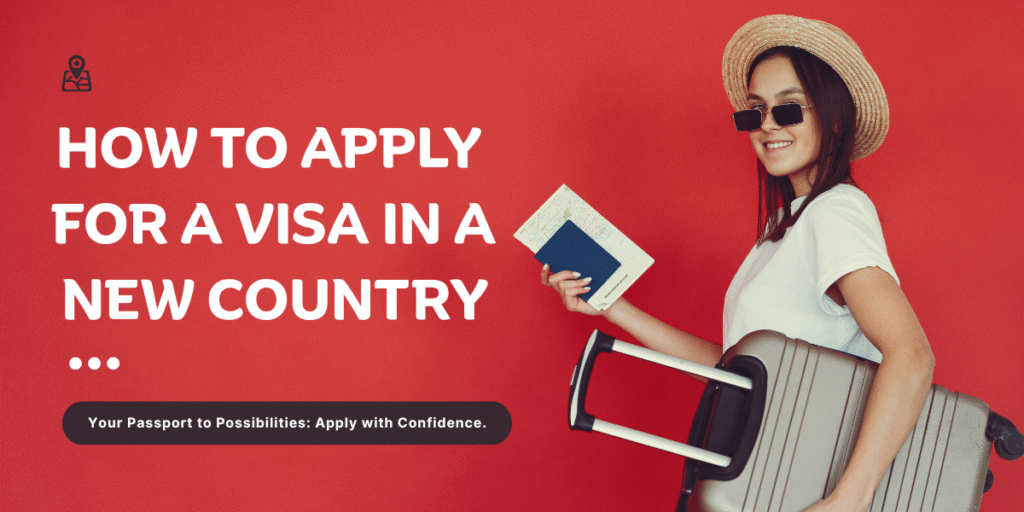Applying for a visa can feel overwhelming, especially if you are preparing to move or travel to a new country for the first time. Each country has its own set of rules, requirements, and procedures, which can make the process confusing. However, with the right preparation and clear guidance, applying for a visa becomes much more manageable. Whether you are traveling for work, study, or leisure, understanding the visa application process helps you avoid delays and increases your chances of approval.
Understand the Type of Visa You Need
The first step in applying for a visa is determining the right category for your purpose of travel. Countries usually offer several types of visas such as tourist, student, work, transit, or permanent residency visas. Choosing the correct category is crucial, as applying for the wrong visa type may result in rejection. For example, if you plan to study abroad, you will need a student visa that allows you to enroll in courses, whereas a tourist visa would not grant such permission.
Research the Entry Requirements
Each country has its own immigration policies and requirements. Visit the official immigration website of your destination country to find accurate and up-to-date information. Requirements often include proof of accommodation, return tickets, sufficient financial resources, and health insurance. Some countries may also ask for vaccination records or police clearance certificates. Make sure you fully understand the entry requirements before beginning your application to avoid unnecessary complications.
Gather Essential Documents
Document preparation is one of the most important steps in a visa application. While specific requirements may vary, common documents include a valid passport, visa application form, passport-sized photos, financial statements, travel itinerary, and supporting letters such as employment or admission confirmation. Ensure your passport has at least six months of validity beyond your planned stay. Organizing these documents early prevents last-minute stress and reduces the chances of rejection.
Fill Out the Application Form Carefully
Visa application forms can usually be completed online or in paper format, depending on the country. Fill out the form with accurate information, double-checking details such as names, dates, and passport numbers. Even small errors can lead to delays or rejection. Always provide honest answers and ensure the information matches the details in your supporting documents. After completing the form, print a copy for your records if applicable.
Pay the Visa Fees
Most visa applications require a non-refundable fee. Payment methods vary, and you may be asked to pay online, at a bank, or directly at the consulate. Keep a receipt of your payment, as it may be required during your interview or as proof of submission. Be mindful of the fee amount, which often depends on the type and duration of the visa.
Schedule and Attend the Interview
Some visa categories require an in-person interview at the embassy or consulate. During the interview, an immigration officer may ask about your travel purpose, financial status, or background. Prepare by reviewing your application and keeping all supporting documents organized. Answer questions honestly and confidently. If no interview is required, you may still need to provide biometric data such as fingerprints or photos.
Track Your Application
Once your application has been submitted, you can usually track its progress online through the immigration portal. Processing times vary depending on the visa type and country. Tourist visas may take only a few days, while student or work visas can take several weeks or months. Stay patient and check the status regularly for updates.
Prepare for Approval or Rejection
If your visa is approved, follow the instructions carefully for collecting your passport or visa documents. Check the validity dates and conditions to ensure there are no mistakes. In case of rejection, review the reasons given and determine whether you can reapply or appeal. Often, rejections are due to missing documents or insufficient proof of financial stability, which can be corrected in a new application.
Final Thoughts
Applying for a visa in a new country requires patience, organization, and attention to detail. By understanding the type of visa you need, preparing the right documents, and following official guidelines, you increase your chances of success. Remember that each country’s requirements differ, so thorough research and careful preparation are essential. With the right approach, you can navigate the process smoothly and look forward to your new journey abroad.


